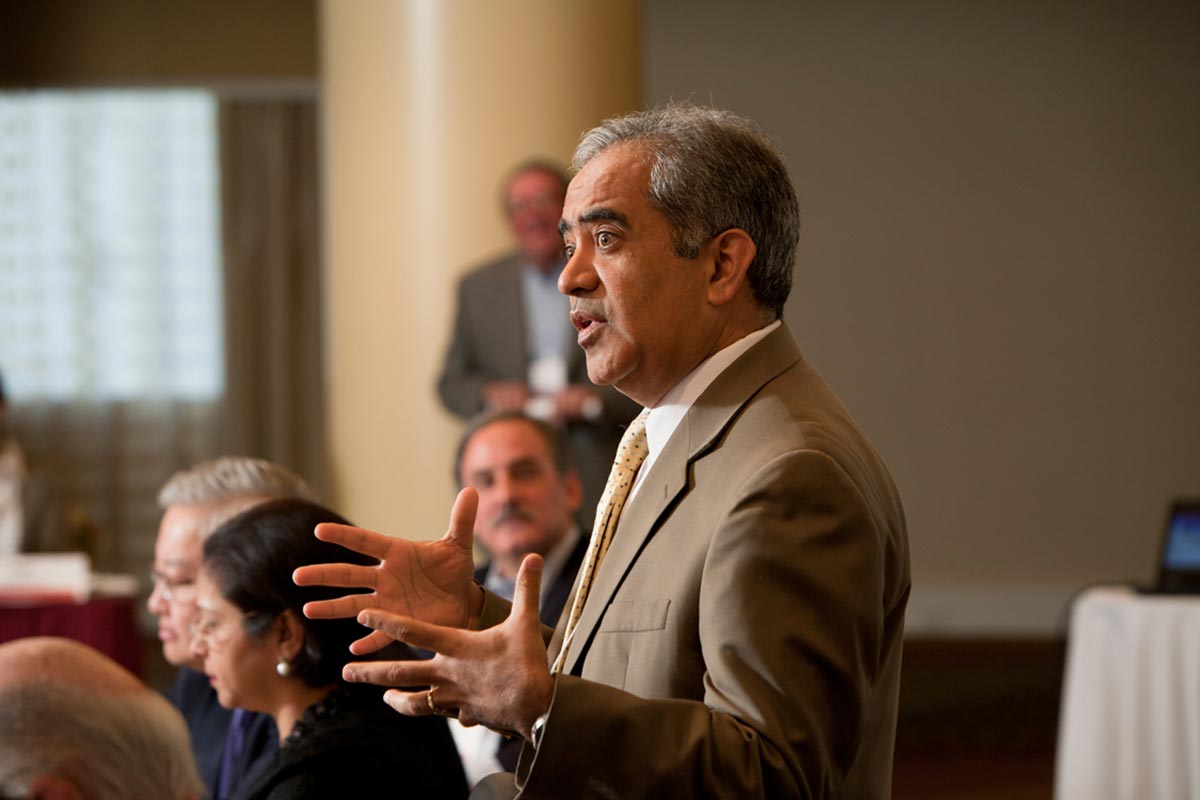Rebranded hotels rejuvenate their profits
By Blaine Friedlander
Checking in on whether the brand names of hotels matter, business researchers find that occupancy rates after rebranding – properties that change from one franchise to another – increase over 6 percent.
Additionally, revenue per room jumps more than 4 percent and operating profits climb nearly 3 percent, says a new study in a forthcoming edition of the Journal of Marketing Research.
About 60 percent of this increase is attributed to the change in brand, said authors Chekitan Dev, associate professor in Cornell’s School of Hotel Administration; lead author Yi-Lin Tsai, University of Delaware; and Pradeep Chintagunta, University of Chicago, in the study, “What’s in a Name? Assessing the Impact of Rebranding in the Hospitality Industry.”

“Businesses change brands all the time,” said Dev. “Here in Ithaca, New York, the Holiday Inn changed its affiliation to Ramada Inn, the Ramada Inn changed to Holiday Inn, which then changed to Hotel Ithaca; and the Sheraton changed to Clarion, which changed its name to the Trip Hotel. Believe it or not, this happens to thousands of hotels a year,” he said, due primarily to firms decoupling the brand from the physical property. Examples of other industries experiencing rebranding include retail stores, gas stations, hospitals, restaurants and medical offices.
Using detailed operating and financial data from several hundred hotels that rebranded, and comparing them with a control group of several thousand hotels that did not rebrand, the researchers found a 6.3 percent increase in occupancy of hotels after rebranding.
Business performance after rebranding is not uniform. While some brands performed well, others dropped in revenue and profit. Hotels that rebrand to a lower-price tier do better than those that rebrand to a higher-price tier, the research found. “The practical implications of our findings for the hotel industry as a whole could be quite significant,” said the researchers.
Extrapolating these results to the hotel industry shows impact. In the U.S., for example, approximately 111,000 hotel rooms were rebranded between 2002 and 2006, for an average of 22,000 rooms per year. Using industry averages for hotel size and average room rates, the pre-rebranding room revenue for 22,200 rooms would have been at about $553 million annually. After rebranding – with occupancy jumping from 62 percent to 66 percent – the room revenue would be about $590 million annually.
Firms spend to rebrand for many reasons, including mergers, the evolution of business, franchiser-franchisee disagreements or to change negative associations.
Said Dev: “Over time, the impact of rebranding can translate into millions of dollars of enhanced value for a business, if done correctly – or diminished value, if done incorrectly.”
Media Contact
Get Cornell news delivered right to your inbox.
Subscribe